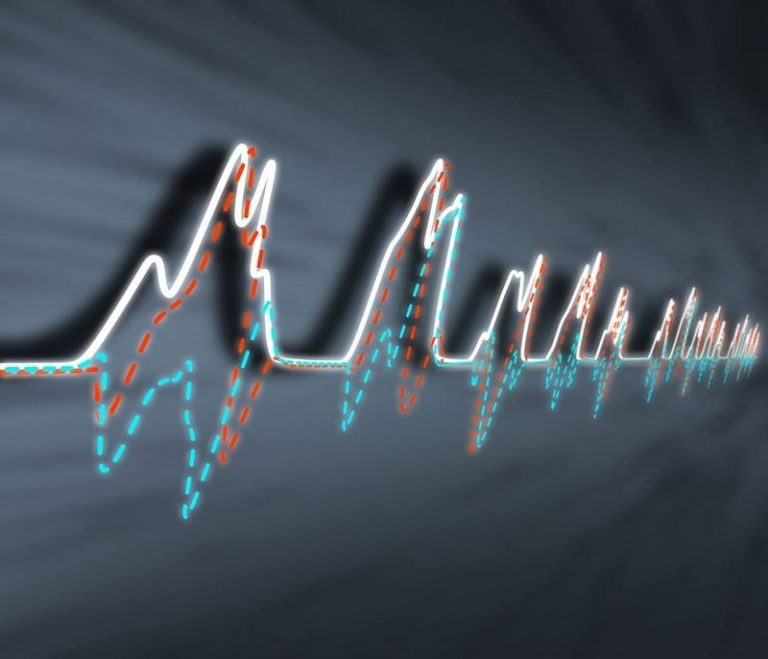Ultrafast pulses from X-ray lasers reveal how atoms move at timescales of a femtosecond. That’s a quadrillionth of a second. However, measuring the properties of the X-ray pulses themselves is challenging. While determining an X-ray pulse’s maximum strength, or “amplitude,” is straightforward, the time at which the pulse reaches the maximum, or “phase,” is often hidden.
A new study trains neural networks to analyze the pulse to reveal these hidden sub-components. Physicists also call these sub-components ‘real’ and ‘imaginary.’ Starting from low-resolution measurements, the neural networks reveal finer details with each pulse, and they can analyze pulses millions of times faster than previous methods. The new analysis method is up to three times more accurate and millions of times faster than existing methods. Knowing the components of each X-ray pulse leads to better, crisper data. This will expand the science possible using ultrafast X-ray lasers, including fundamental research in chemistry, physics, and materials science and applications in fields such as quantum computing.

Measuring the time-domain properties of X-ray pulses is very challenging
For example, the additional pulse information could enable simpler and higher-resolution time-resolved experiments, reveal new areas of physics, and open the door to new investigations of quantum mechanics. The neural network approach used here could also have broad applications in X-ray and accelerator science, including learning the shape of proteins or the properties of an electron beam. Characterizations of system dynamics are important applications for X-ray free-electron lasers (XFELs), but measuring the time-domain properties of the X-ray pulses used in those experiments is a long-standing challenge. Diagnosing the properties of each individual XFEL pulse could enable a new class of simpler and potentially higher-resolution dynamics experiments.
This research by scientists from SLAC National Accelerator Laboratory and the Deutsches Elektronen-Synchrotron is a step toward that goal. The new approach trains neural networks, a form of machine learning, to combine low-resolution measurements in both the time and frequency domains and recover the properties of X-ray pulses at high resolution. The model-based ‘physics-informed’ neural-network architecture can be trained directly on unlabeled experimental data and is fast enough for real-time analysis on the new generation of megahertz XFELs. Critically, the method also recovers the phase, opening the door to coherent-control experiments with XFELs, shaping the intricate motion of electrons in molecules and condensed-matter systems.
Provided by U.S. Department of Energy [Note: Materials may be edited for content and length.]







